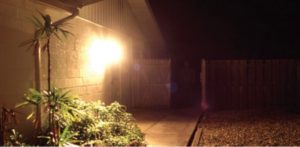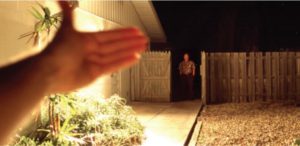Less than 100 years ago, most everyone could look up and see a spectacular starry night sky. Now, millions across the globe may never experience this spectacle due to the use of artificial light at night which impairs our view of the universe.
The inappropriate or excessive use of artificial light – known as light pollution – can have serious environmental consequences for our planet. Components of light pollution include:
- Glare – excessive brightness that causes visual discomfort
- Skyglow – brightening of the night sky over inhabited areas
- Light trespass – light falling where it is not intended or needed
- Clutter – bright, confusing and excessive groupings of light sources
These factors combine to adversely affect our health, the environment and safety. Humans evolved to the rhythms of the natural light-dark cycle of day and night. The spread of artificial lighting means most of us no longer experience truly dark nights. Research indicates that artificial light at night can negatively affect human health, increasing risks for obesity, depression, sleep disorders, diabetes, breast cancer and more.
Artificial lights also disrupt the migratory schedules and navigational ability of birds and other animals. Millions of birds die every year colliding into illuminated buildings. Many insects are fatally drawn to artificial light and declining insect populations negatively impact species that rely on them for food or pollination.
Outdoor lighting is often intended to enhance safety and security at night, but too much lighting can actually have the opposite effect. Visibility should always be the goal. Glare from bright, unshielded lights actually decreases safety because it shines into our eyes and constricts our pupils. The photos below show how glare from an unshielded light limits our ability to see the figure at the gate.


(photos from darksky.org)
Solutions
Luckily there are steps you can take to help keep our skies dark. The International Dark Sky Association (IDA) at www.darksky.org has many resources to help you conduct a home lighting assessment and information on appropriate lights for your home. The most important action you can take is to use dark sky friendly lighting at your home and business. Look for the IDA Fixture Seal of Approval for any outdoor lights you purchase. Many options are available at local retailers for nominal cost. These lights are shielded to direct the light downward where it is needed and use warmer colors less than 3000 Kelvin to lessen the impact on health and the environment. Secondly, put lights on a timer or turn them off when not in use. Together, we can keep our skies dark!



